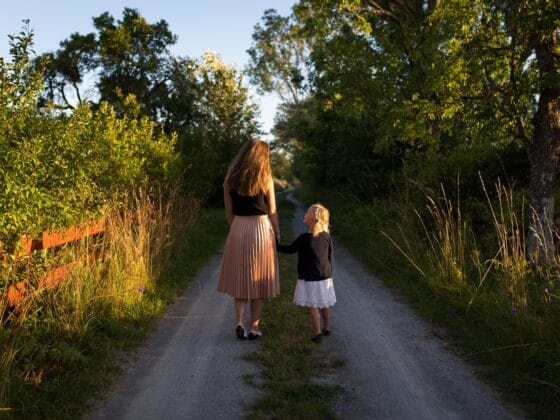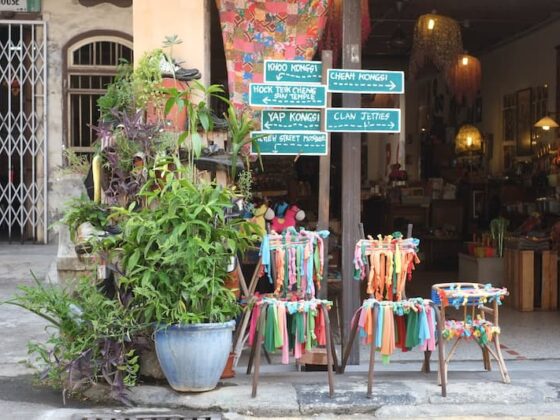Putting in Place Strong Child Safeguarding Policies
We discuss with Alfred Ip and Hina Ali* – Case Manager at PathFinders – children’s safeguarding policies and the role of the Social Welfare Department.
Child safeguarding is the responsibility for an organisation to ensure that their staff, programs and operations are not exposing children to the risk of harm and abuse. Unfortunately, even though there is a safeguarding charter drafted by the Hong Kong Committee on Children’s Rights, the extend to which it is enforced or adopted is not fully known. Hence, we mostly rely on how transparent and reliable an organisation is and on the supervision and investigative role of the Social Welfare Department.
Q1. Why is child safeguarding important?
Child safeguarding is crucial for the protection of children as it holds organisations accountable to the basic humanitarian principle of “do no harm”, highlighted by the United Nations. This principle is also reinforced in the Convention on the Rights of the Child, particularly in Article 19, which stipulates protection of children from violence, abuse and neglect.
It is a necessary step that organisations need to take in order to build best practice standards and strive to build a series of tools and guidelines to prevent and respond to children’s safety concerns while creating a cooperative and transparent environment where stakeholders are accountable at operational level and offer real solutions for the protection of children.
Q2. Who should have child safeguarding policies and guidelines in place?
Any institution that is coming into contact with children should adopt necessary child safeguarding measures. By doing so, we can collectively mitigate potential risks that may arise in systemic practices and interventions, thereby creating a child-friendly community.
It is crucial for organisations to develop a compelling code of conduct to which all related parties need to adhere and sign into. This includes stakeholders at all levels – including employees, associates, board members, volunteers and partners.
Q3. How did PathFinders put its child safeguarding policy in place?
PathFinders’ child safeguarding policy is a constant work in progress as we gain knowledge and feedback from our children, clients, staff, regional partners and international experts. We have an existing child safeguarding policy in place that offers guidance across four golden standards – Policy, People, Procedures and Accountability. We are committed to capacity building and hope to be globally accredited in the future.
Q4. Are there any tips you would like to share with organisations who want to start drafting their child safeguarding policies?
Our biggest takeaway from reviewing our child safeguarding policy was – GET CHILDREN INVOLVED! Children are at the heart of our services, so their voices must be heard and their needs deserve to take space. Therefore, child safeguarding policies should be accessible and comprehensible to children across all ages!
Q5. Is child safeguarding the same as child protection?
Safeguarding is what we do to prevent harm, while child protection is focused on how we respond to harm – the systems in place to protect children who have experienced any form of abuse (physical, emotional, sexual, exploitation or neglect). In short, child protection is part of the safeguarding process – a set of policies, procedures and practices employed by any organisation that works directly with children to actively prevent harm, abuse and distress.
Q6. How does the Social Welfare Department come into play?
On a general basis, the local authority has the duty to investigate when specific child circumstances are brought up to legal proceedings or when a child is found in a situation of harm or neglect. Such investigations might also include specific child-protection organisations. Legislation and prevention go hand in hand in improving the loopholes in child protection.
The Social Welfare Department oversees and supervises issues related to child support institutions. It examines all aspects of their registration, including building structure, fire safety and hygiene, conducts inspections and requires them to provide reports of their service levels regularly. It also handles individual child abuse cases that might occur within institutions, protecting victims, evaluating their situation and making welfare arrangements for them.
The Q&A is part of the #PathGuardiansHK campaign. From 4 April (Children’s Day) to 8 May 2022 (Mother’s Day) Hugill & Ip supports PathFinders’ cause. Together we can ensure that some of most vulnerable and unsupported children in Hong Kong are protected and respected, and their migrant mothers are empowered to find a path to a bright future. Every dollar counts!
For contributions and to receive a Deed of Guardianship by Hugill & Ip’s Estate Planning team of solicitors, you can access PathFinders’ “Donate” link.
*Hina Ali is a registered social worker and case manager at PathFinders. Passionate about working with children, she is doing an Advanced Certificate Programme in Social Work with Children at the Chinese University of Hong Kong. She has worked with vulnerable children across ethnic minorities, asylum seekers, refugees and migrant domestic workers.
For information purposes only. Its contents do not constitute legal advice and readers should not regard this as a substitute for detailed advice in individual instances.





